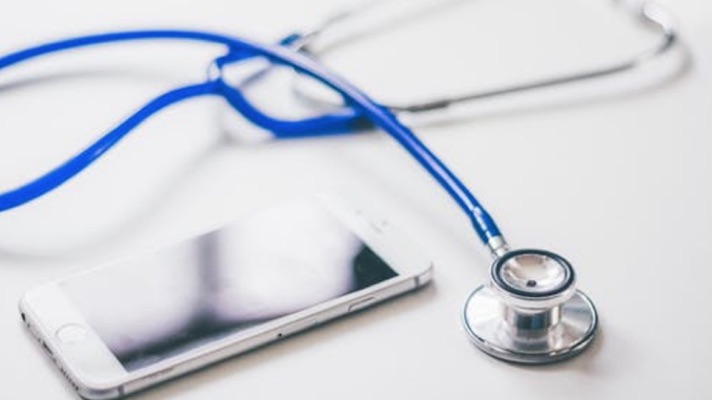 Data published in Scientific Reports describes an algorithm that allows users to measure a patient’s pulse wave velocity using the camera on a smartphone.
Data published in Scientific Reports describes an algorithm that allows users to measure a patient’s pulse wave velocity using the camera on a smartphone.
According to University of Southern California researchers, the approach would allow for cheaper and more convenient screening for arterial stiffening, which can increase blood and pulse press and has been associated with non-cardiovascular diseases such as diabetes and renal failure.
Currently, arterial stiffening is measured using MRI or tonometry, with the latter requiring two carotid pressure measurements as well as an electrocardiogram. The researchers’ proposed method, however, would only require one.
"An uncalibrated, single waveform — that means that you eliminated two steps. That's how you go from an $18,000 tonometry device and intrusive procedure to an iPhone app," Niema Pahlevan, assistant professor of aerospace and mechanical engineering and medicine at the University of Southern California, said in a statement.
To test their machine learning-based approach — which the team had already demonstrated in a previous study and dubbed the “Intrinsic Frequency algorithm” — Pahlevan and colleagues reexamined a dataset of 5,012 patients’ tonometry results collected from the Framingham Heart Study. Comparing these recorded pulse wave velocities against those estimated by the algorithm, they observed a correlation of 0.85 with values above 12 meters per second demonstrating more error.
The researchers also looked to determine whether these estimates could be used to anticipate cardiovascular disease. Using a sample data set of 4,798 patient readings, among whom 171 experienced a cardiovascular disease event within a 10-year follow-up period, the team found that both the recorded (p = .0002) and algorithm-derived (p = .008) pulse wave velocities were significantly associated with an increased risk for a patient’s first major event after risk factor adjustment.
"What the clinician wants to know is whether or not you're helping them to improve outcome," Pahlevan said. "And we showed that it is as predictive as the actual tonometry.”
Pahlevan also noted that their algorithm is unique from other machine learning methods in that it doesn’t only look for correlation with previously recording methods. Rather, it has been designed to capture major areas of the heart’s performance during contraction and relaxation.
"A lot of people have tried to bring machine learning to medical devices, but pure AI by itself doesn't work," Pahlevan said. "When you get a high correlation, you can be missing all of the diseased patients because, in medicine, the outliers are the cases you want to capture — they're the important ones."


















